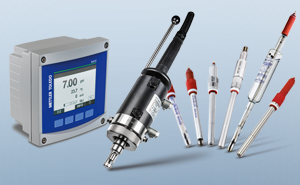How It Works
When maintenance is required, the system withdraws the sensor into a retractable housing where cleaning and calibration are performed. Once maintenance is completed, the system returns the sensor to the process.
EasyClean 500 is compatible with a wide range of cleaning agents to suit requirements.
Six predefined and two customizable programs provide versatile operation.
Programs can be triggered remotely, automatically via ISM diagnostics that monitor sensor condition, or to a fixed schedule.












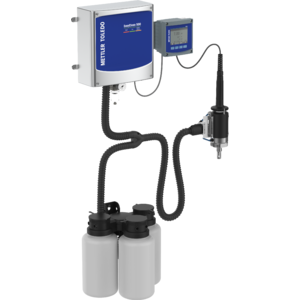
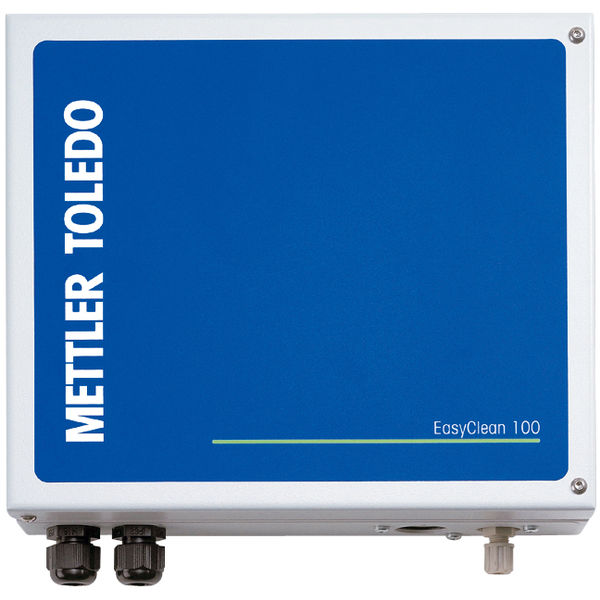
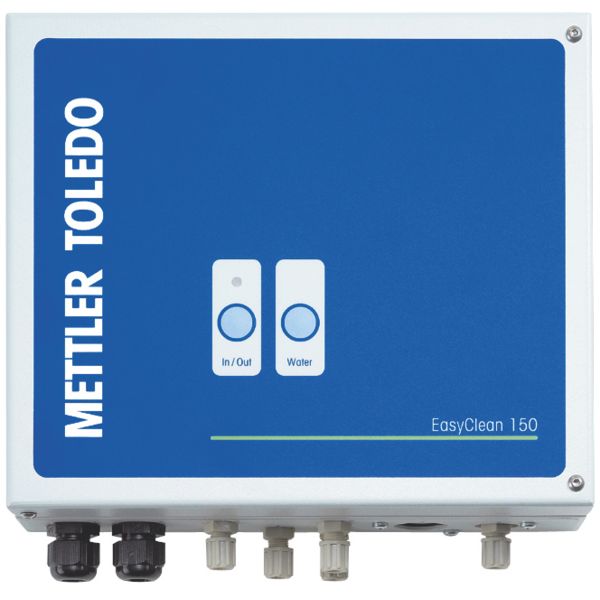
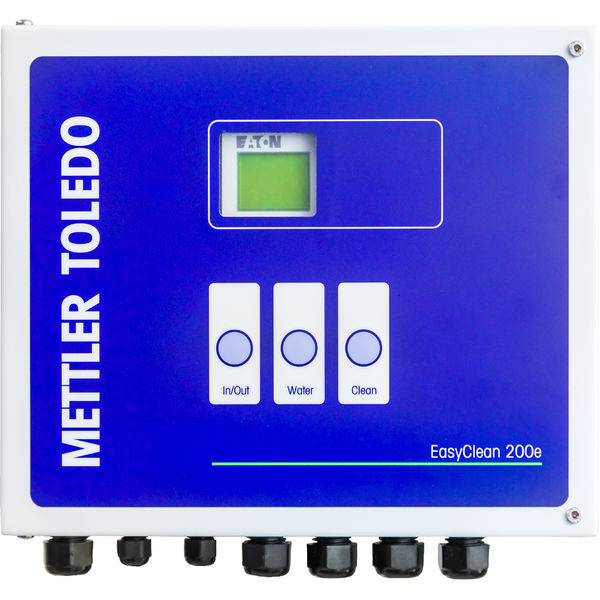
.jpg/_jcr_content/renditions/cq5dam.web.1280.1280.jpeg)







